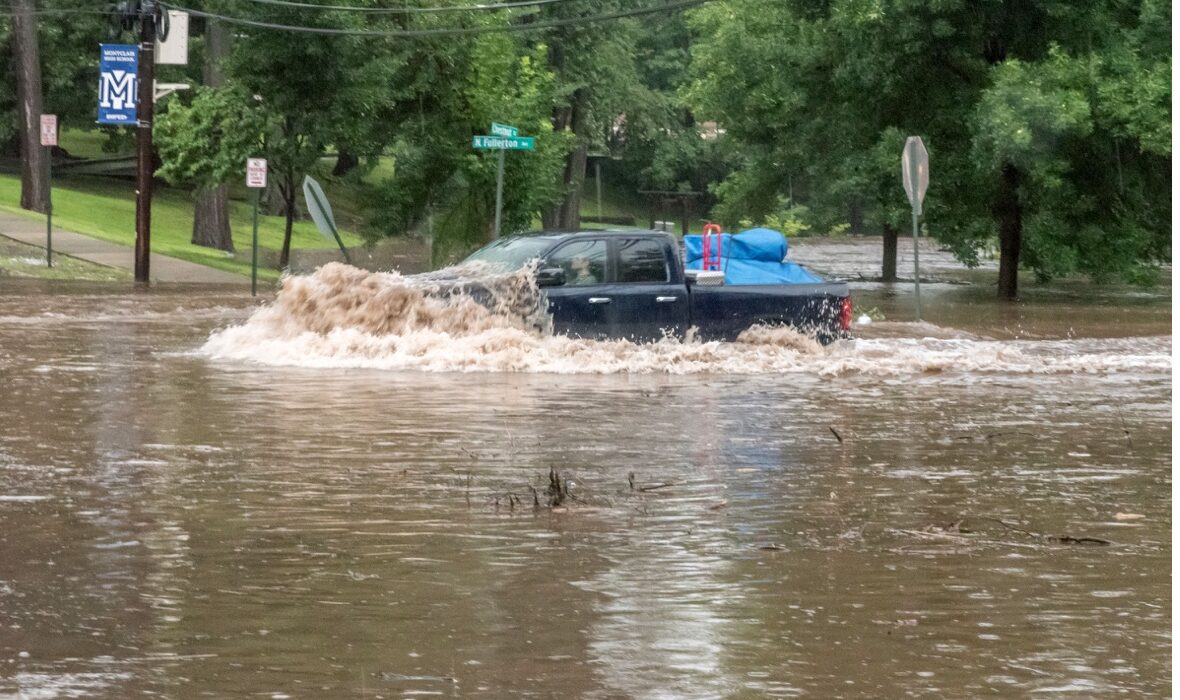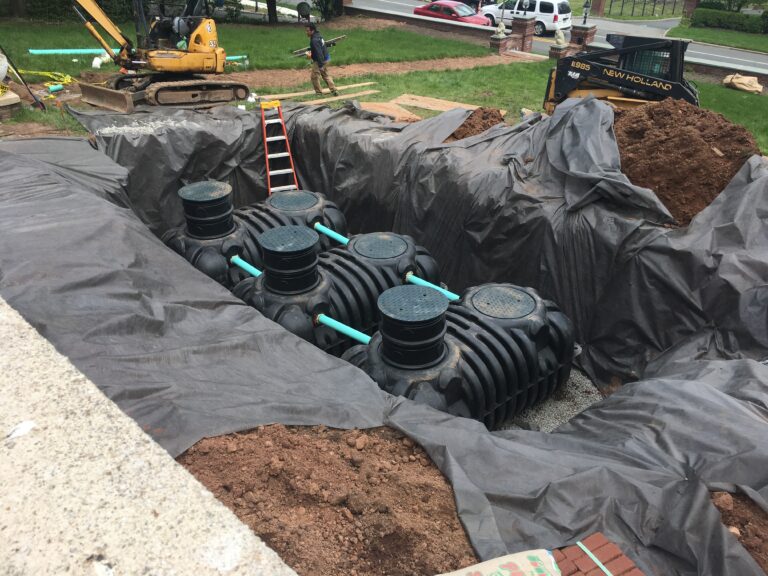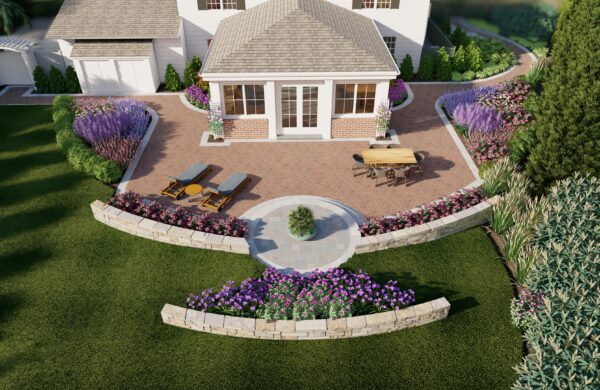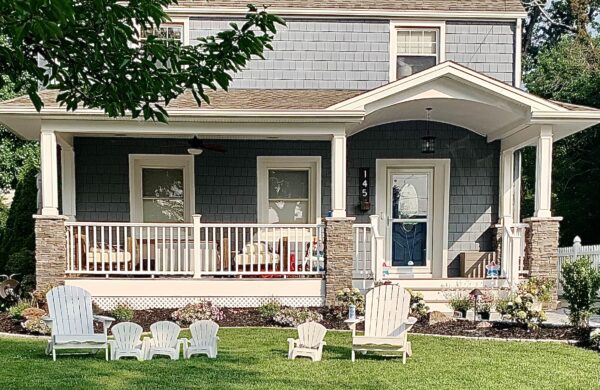WHEN IT RAINS, IT POURS …. DEALING WITH DRAINAGE
Remember that old tag line? It’s cute if you’re talking about Morton salt, but say it now and I cringe. Few local homes were spared recent battles with flooded basements and yards. Over the last weeks we have fielded multiple calls for help, even on properties that have existing drainage infrastructure. By now everyone is aware that ‘100 years storms’ are almost commonplace and ‘climate change’, man-made or otherwise, is abundantly evident in the extreme flooding and erosion issues across the country as well as globally.
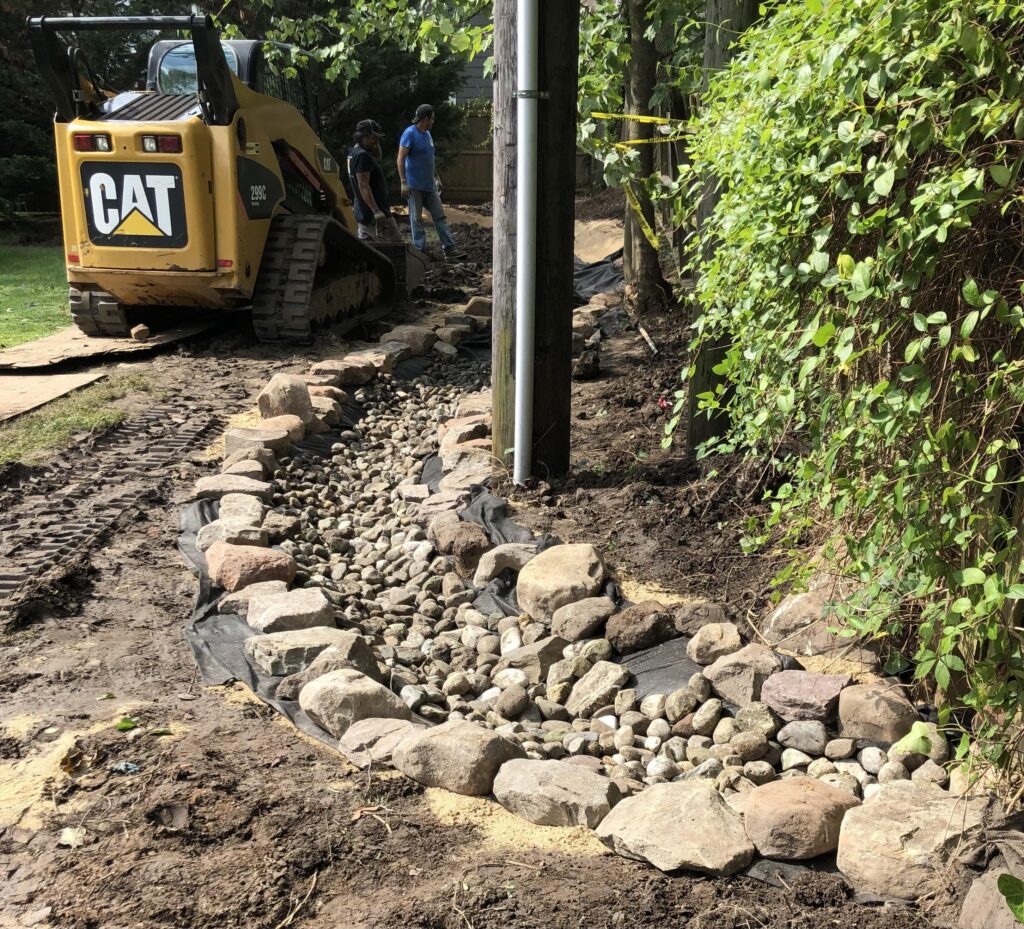
Drainage is one of the more challenging aspects of maintaining a home landscape, but more so in a suburb well-loved for its steep slopes and associated dramatic views of the city. Like it or not, this is our new reality, and basic precautions should be taken to divert water and avert damage.
Investment today into upgraded drainage protocols is a requirement in sparing both your plants and property.
DRAINAGE FOR BEGINNERS
When assessing your overall property, consider two boundaries: first the foundation areas of your house, garage or other structures, and then zoom out to your property lines. Water enters the home and landscape in three main ways: directly from overhead precipitation, as surface water which either ponds in low spots or flows via gravity and, finally, from groundwater in heavy events. When significant rain/ice/snow has not had time to absorb or dry out, the water table rises. Saturated groundwater can take weeks to resolve, with lowest elevation points being the last to dry out.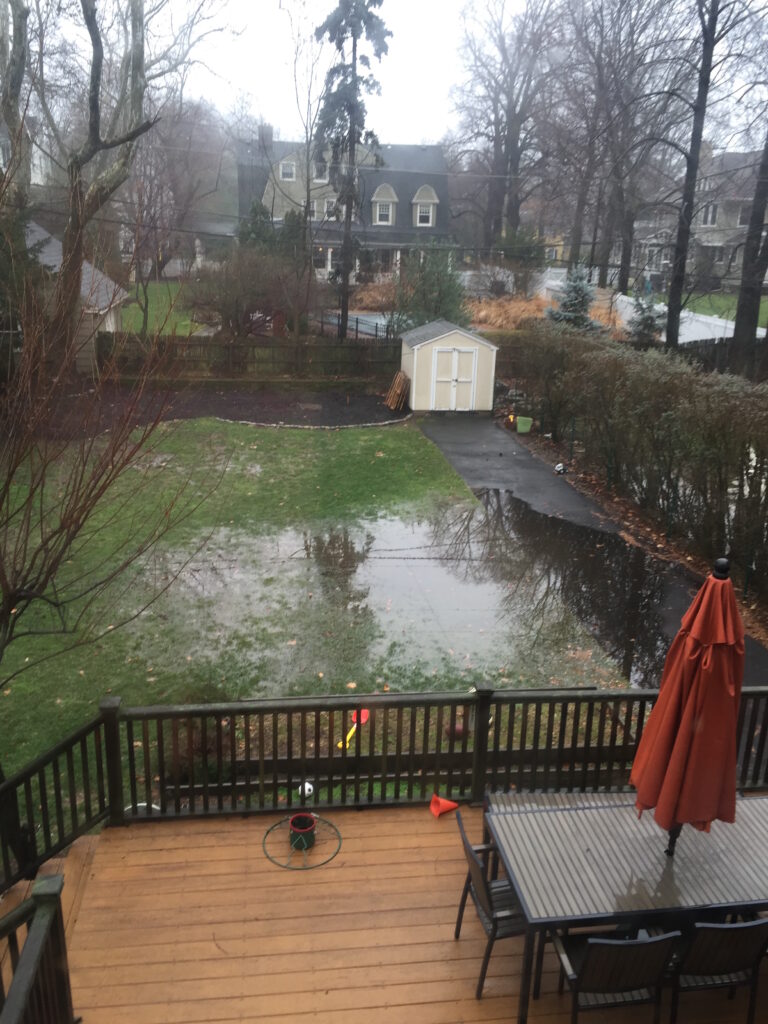
YOUR HOUSE FOUNDATION
Gutters/leaders/existing drains
Ensure that existing leaders and gutters are kept clear and that collected water is moved away from foundations! Larger or additional gutters/leaders may be needed. The key takeaway here is never to daylight roof water directly at the foundation only inviting it to immediately re-enter via your basement!! Similarly, sump pumps should not port water to an area immediately adjacent to your foundation – water needs to be directed away from foundations.
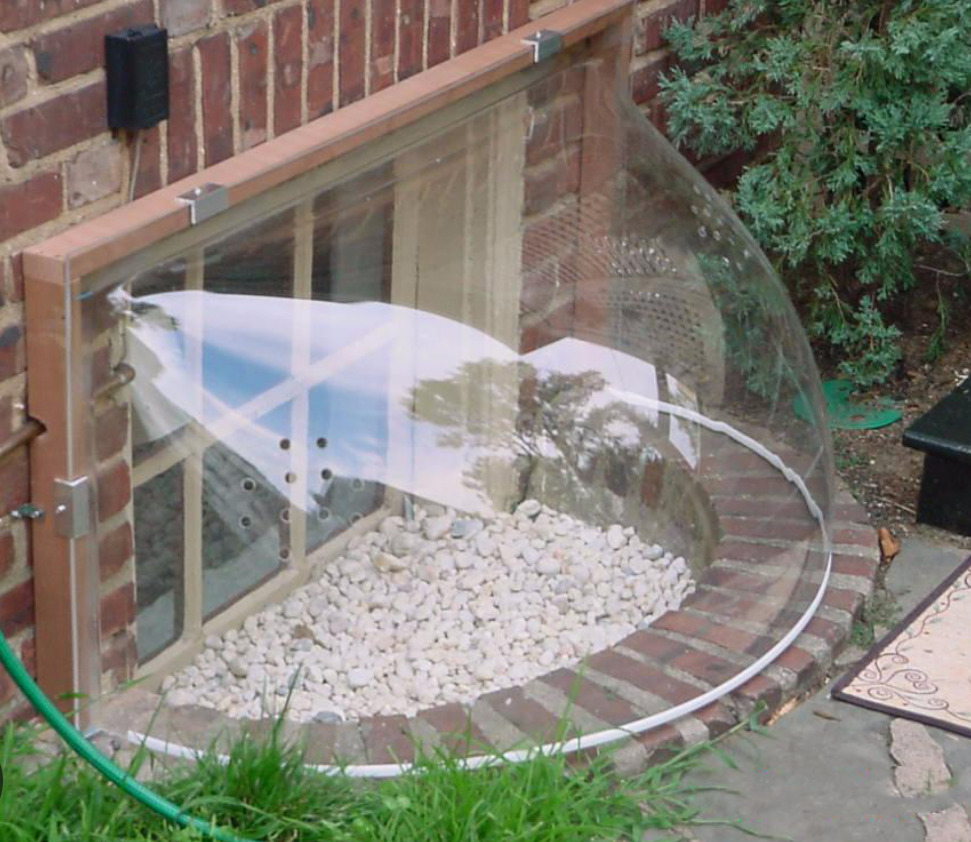
Window wells
These are a common point of entry. Protect them with inexpensive covers or block them up when the light is not necessary in your basement.
Gravity wins
Always pitch both hardscape and plant beds away from all foundations. There is no need to eliminate plantings around a house foundation. With proper pitch away from the house, plantings and irrigation system can remain in place.
PROPERTY LINES
Point(s) of entry
How and where is watering entering your property? One or multiple locations? Notice where it is pooling and if it does exit your property, what is the pathway?
Methods to block or re-direct water coming from adjoining properties include: swales and dry streams, boulders, walls, silt fence and other impermeable barrier materials. Bog gardens are a popular and ornamental solution for both holding water and allowing certain moisture-loving plants to thrive.
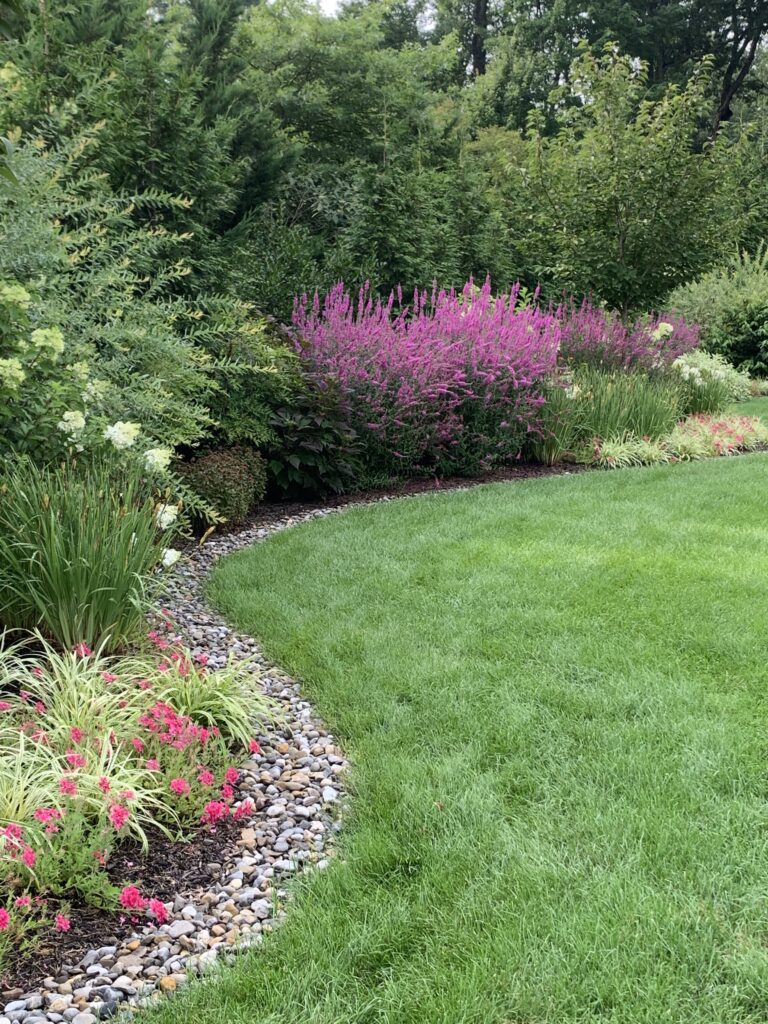

Surface Drains
Drains in lawns and plant bed areas must be regularly maintained to avoid silt and debris collection which block their functioning. At the very least check all these drains before an incoming storm event. This is an ongoing maintenance task that cannot be ignored. Any sort of plant or debris that can encroaches will clog and impede the inlet.
Also check the closest municipal drain to your property and clear it if blocked. During heavy storms this may require several visits.
The Golden Rule
Once water is on your property do NOT divert it to your neighbor’s! It is unlawful to do so. Find ways to direct water to a safe collection area on your property where is can naturally disperse. Overflow pipes can direct water through to the street. Note: sump pumps can NOT be tied into the municipal drainage systems.
WHEN IT POURS, DRAINAGE REIGNS
Drainage can’t be solved in quick soundbites as each property is unique there is no way to give short ‘’one size fits all’ answers. The above suggestions are simply the basics – a way to think about the overall picture on your lot and then direct focus from problem spots to solutions.
Complex situations will require ‘engineered’ solutions: regrading, terracing, French drains, channel drains, underground disbursement chambers fed by pipes porting either roof water or surface water (or both), overflow valves and surge pumps in the event gravity is working against you. Talking to an experienced professional is always the best course of action.
Mierop Design is happy to assist with one-on-one consultations as well as support in installing systems designed to mitigate drainage problems. As always, please feel free to email or call with requests for help.
The Suburban Lot is a blog that highlights topics and issues unique to the suburban landscape. For assistance with any of the above information please contact Mierop Design, a complete resource for landscape design, installation, outdoor furnishings and property maintenance services.
